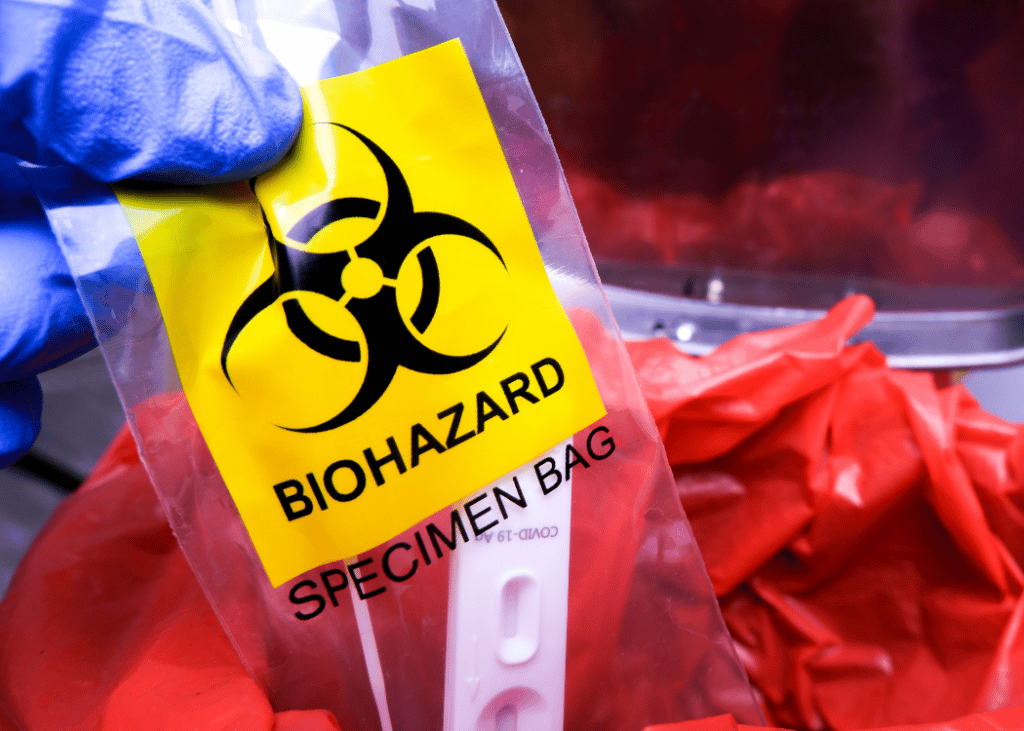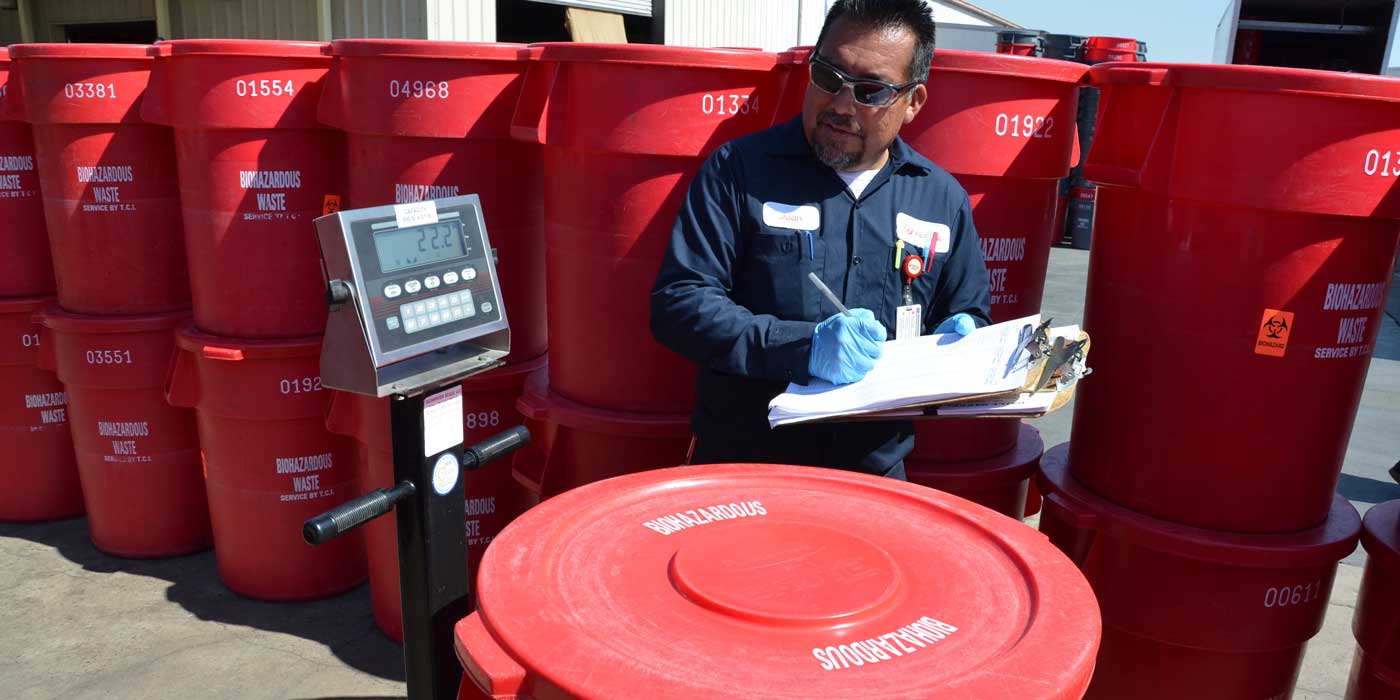Environmental Responsibility: The Eco-Friendly Strategy to Medical Waste Disposal
Understanding the Different Sorts Of Garbage Disposal Methods
In the world of waste administration, the selection of disposal methods available today is large and varied, each approach offering a distinctive function in attending to the difficulty of waste disposal. click here. From recycling techniques that aim to provide new life to materials, to the elaborate processes of dangerous waste monitoring, the landscape of waste disposal is intricate yet vital for ecological sustainability. Comprehending the nuances of these various techniques not only sheds light on the value of responsible waste monitoring but also prompts us to reconsider our approach towards garbage disposal in a swiftly developing globe

Recycling Methods
Recycling methods are vital for sustainable waste administration techniques in both industrial and household settings. medical waste removal. By carrying out effective recycling strategies, a significant quantity of waste can be diverted from land fills, preserving natural sources and lowering the ecological influence of production procedures
In houses, curbside recycling programs play a vital role in encouraging households to different recyclable products from basic waste. Products such as paper, plastics, glass, and metals can be sorted and collected for handling right into brand-new products, reducing the requirement for basic materials and energy-intensive production processes.
Industrial centers also count on recycling methods to reduce waste generation and advertise a circular economy. By applying closed-loop systems, companies can recycle products within their production procedures, reducing costs and ecological footprint. medical waste removal service. In addition, commercial recycling programs typically involve partnerships with specialized recycling centers to make certain that materials are properly sorted, refined, and rehabilitated right into the supply chain
Composting Techniques

Aerated fixed stack composting involves blending organic waste products in a huge heap and on a regular basis turning it to ensure appropriate oygenation. This technique is well-suited for smaller-scale procedures and families.
In-vessel composting involves putting organic waste in a closed container with controlled problems for temperature level and aeration. This method is effective for taking care of food waste in city locations. Finally, windrow composting includes developing long rows of organic waste and regularly transforming them to promote disintegration. This technique is frequently made use of in farming settings.
Land Fill Disposal
Land fill disposal is a generally used technique for managing waste that can not be recycled or composted. Methane gas, a by-product of decaying natural he has a good point waste in garbage dumps, is commonly collected and utilized as a resource of renewable power. Initiatives to minimize dependence on land fills consist of promoting waste decrease, recycling, and discovering alternate waste disposal approaches to reduce the environmental footprint connected with standard landfill disposal practices.

Waste-to-Energy Incineration
Incineration of waste for energy generation is a technique significantly being thought about as an alternative to standard land fill disposal methods. Waste-to-energy incineration entails the burning of waste products at high temperatures, typically in specialized facilities developed to create electrical energy or warm through the procedure - click here. This strategy not only decreases the volume of waste that would otherwise be destined for garbage dumps however also uses the heat produced throughout incineration to create energy
Among the crucial benefits of waste-to-energy incineration is its capacity to generate electrical energy while lessening the ecological influence contrasted to conventional landfill disposal methods. By converting waste into power, this approach helps in minimizing greenhouse gas emissions and reliance on fossil gas for power generation. Additionally, waste-to-energy facilities are outfitted with advanced air contamination control innovations to alleviate potential toxic wastes released during the combustion procedure.
Contaminated Materials Monitoring
.jpg)
Thinking about the essential significance of accountable waste administration practices, specifically in the world of ecological sustainability, the focus now shifts towards the detailed domain of Contaminated materials Administration. Dangerous waste poses substantial dangers to both human health and the atmosphere, requiring customized handling and disposal techniques. Common examples of unsafe waste consist of chemicals, batteries, pesticides, and electronic waste.
Dangerous Waste Management involves the recognition, collection, transportation, treatment, and disposal of materials regarded damaging or possibly hazardous. This process calls for adherence to strict regulations and guidelines to reduce damaging effect on ecological communities and public health and wellness. Numerous approaches are utilized in handling hazardous waste, consisting of recycling, secure land fills, encapsulation, and chemical therapy.
Appropriate Hazardous Waste Management is crucial for avoiding contamination of soil, water resources, and air pollution. It is vital for markets, labs, healthcare facilities, and other generators of contaminated materials to carry out durable management strategies, training programs, and emergency situation action plans to make sure the secure handling and disposal of these products. Failure to handle unsafe waste suitably can have far-reaching effects, emphasizing the significance of responsible and thorough techniques in this field.
Final Thought
In final thought, waste disposal methods play a crucial function in managing and reducing the impact of waste on the environment. It is vital for sectors and people to understand the various waste disposal methods available and pick the most proper approach for sustainable waste monitoring.
In the world of waste management, the range of disposal methods offered today is substantial and varied, each technique serving a distinct function in dealing with the difficulty of waste disposal. click here. From reusing methods that intend to give new life to products, to the complex procedures of dangerous waste monitoring, the landscape of waste disposal is complicated yet important for ecological sustainability. Recognizing the subtleties of these various strategies not only sheds light on the relevance of liable waste monitoring however additionally prompts us to reassess our method towards waste disposal in a quickly progressing globe
Efforts to minimize dependence on land fills include advertising waste decrease, reusing, and checking out different waste disposal techniques to decrease the ecological footprint associated with typical garbage dump disposal methods.
It is essential for people and markets to understand the various waste disposal techniques offered and choose the most appropriate technique for lasting waste administration.